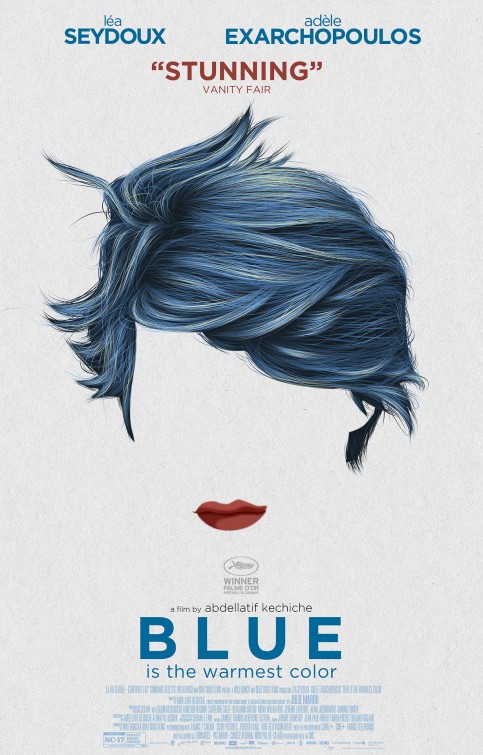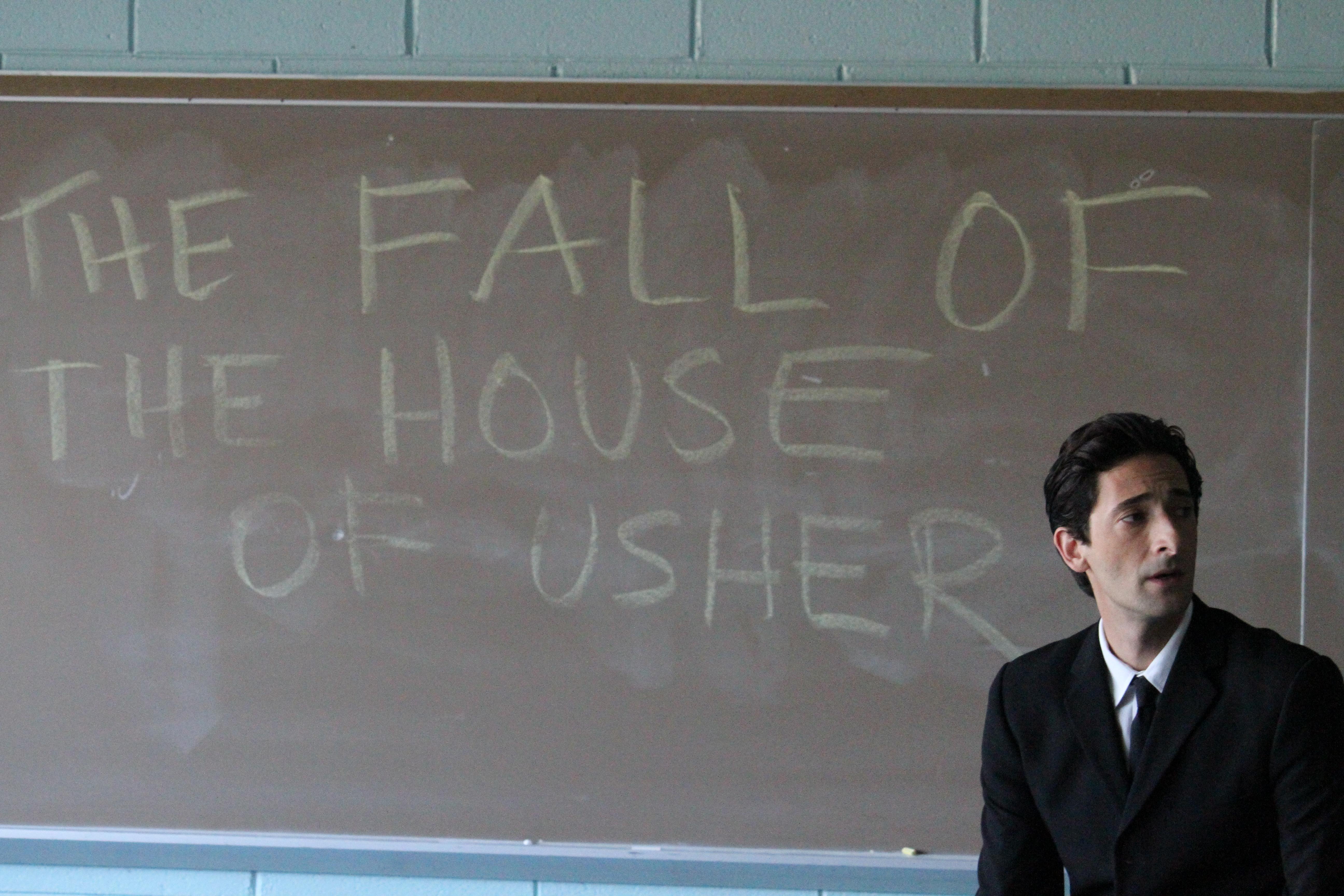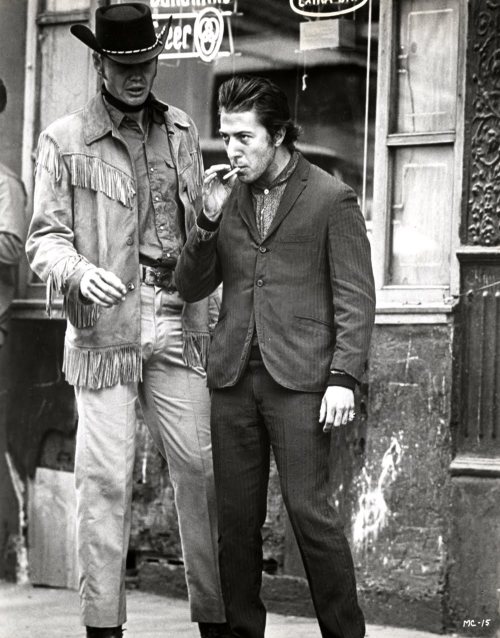 |
| Poster by Alternate Designs |
The Grand Budapest Hotel was directed by Wes Anderson, with a script inspired by the writing of the Austrian author Stefan Zweig. The film can be considered a comdey-drama, as most of Anderson's films are. Anderson is known for his very peculiar and quirky film-making style. Some of his most popular works include Moonrise Kingdom (2012) and The Royal Tenenbaums (2001). The Grand Budapest Hotel has an extensive cast list, filled with some of the most prominent actors of the day, as well as some newcomers who showed exceeding potential. Some of the cast is as follows: Ralph Fiennes as M. Gustave H., Saoirse Ronan as Agatha, William Dafoe as J.G. Jopling, and newcomer Tony Revolori as Young Zero Moustafa. All in all, I believe this film relies heavily on the strong presence of the encore cast.
If I were to use one word to describe Anderson's style it would be quirky. Every aspect of the film is heavily detailed and stylized, to the point where one might reach so far as to call it campy. Nevertheless, the quirky, overly stylized final product isn't so much kitsch as it is enjoyably nostalgic. What one experiences when watching an Anderson film is a sense of extreme excitement and fun, that the director must have felt when creating his work. I think achieving this sense of enjoyment is certainly a challenge for directors in this day and age, considering a lot of films that are being churned out seem like factory productions rather than works of art. A viewer might miss that excitable feeling of the director when watching a Transformer film, but not when watching The Grand Budapest Hotel. Anderson succeeds in germinating his works with his passion and creativity to the point where the audience can actually feel his excitement for filmmaking.
As an aspiring director/writer, I am enamored by Anderson's talent and passion. Whereas I find that I enjoy my personal work to be less stylized and bent towards realism, I hope that one day I can create films that showcase my love for the craft as much as Anderson's do.
This leads me to the amount of time and preparation that goes into a Wes Anderson production. I was amazed at the amount of people listed in the credits after The Grand Budapest Hotel came to a close, although it made me realize how many people are actually involved in the Anderson film practice. A full list of cast and crew can be found here. The credits of his films have some of the most interesting crew positions imaginable, and this all plays back to Anderson's uniquely distinct style. He was quoted in The New York Times as preferring the old way of making movies, as opposed to relying on CGI. This lends itself to the fact that Anderson has multiple credits for model makers, drapesmen, sculptors, milliners, tailor, fabric painters, and balloon operators. He even credits every member of the orchestra, as opposed to crediting the orchestra singularly. The uniqueness of the positions on the crew shows you just how interesting his style is and how much attention to detail goes into making his productions.
I am going to leave you with a trailer for the film, which should give you a taste of this unique style I seem to be ranting about. I give this film an "A" and suggest it to everyone who wants to what a very fun and creative work of art.





